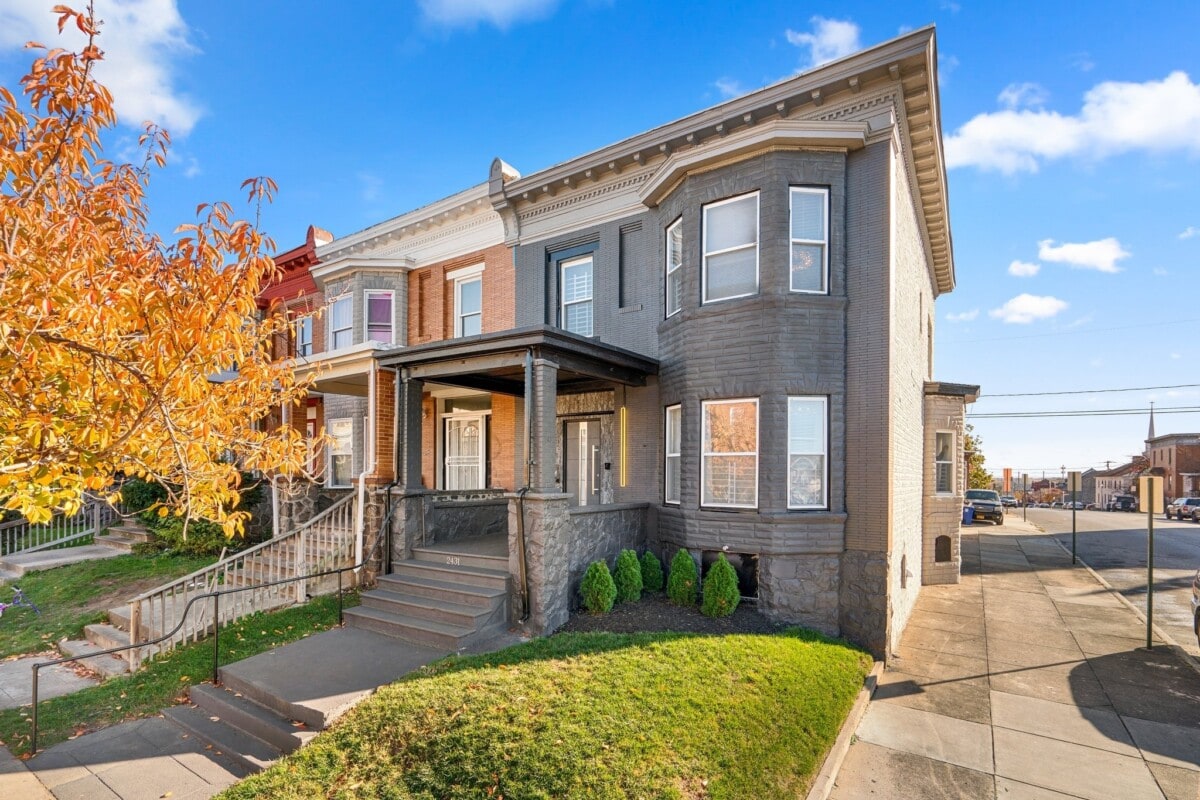They drive ambulances, care for your nan, teach your kids, nurse you back to health, pour your coffee, and build your homes – but most of them can’t afford to rent one.
A new report has blown the lid off Australia’s deepening rental crisis, revealing that the very people keeping the country running are being priced out of the communities they serve.
Released by Anglicare Australia during Anti-Poverty Week, the Rental Affordability Snapshot: Essential Workers Report analysed over 51,000 rental listings nationwide.
It found that full-time essential workers – from nurses to cleaners – are being locked out of almost every corner of the rental market, with some unable to afford even a single home in entire states.
MORE NEWS
Aus’s next population hot zones revealed
Reason behind Aussies soaring water bills exposed
‘Rate cut inevitable’: The red flags RBA can’t ignore
Take ambulance officers, for example – professionals who respond to life-or-death emergencies, often under enormous stress.
Out of all the listings surveyed, just 1,117 properties – a mere 2.3 per cent – were affordable to them.
Aged care workers, the people entrusted with looking after our elderly and most vulnerable, fared even worse.
Rental affordability by occupation, nationally. Source: Anglicare
Only 850 properties – or 1.7 per cent – were within reach for someone working in that role.
Nurses, despite their vital role during the pandemic and beyond, could afford just 754 listings, which equates to 1.5 per cent of the market.
These are workers who are caring for patients, working night shifts, and keeping hospitals running – and yet they’re largely locked out of secure housing.
Construction workers, whose labour underpins Australia’s growing cities and infrastructure, were priced out of 98.9 per cent of the market. Only 575 rentals were found to be affordable for them.
For early childhood educators – the people teaching and caring for our children in their formative years – the situation is equally dire. Just 417 listings, or 0.8 per cent, were affordable based on their income.
The same affordability rate applied to hospitality workers, who were hit especially hard by the pandemic and continue to work in insecure, low-paid conditions.
MORE NEWS: Aussies eye caravans amid housing pain
Rental affordability for hospitality workers, by region. Source: Anglicare
Out of over 51,000 properties, only 417 could be reasonably rented by someone in hospitality.
In regional areas, affordability for cleaners – a profession dominated by migrant workers and women – was even more bleak.
In most regions, fewer than five per cent of listings were affordable for someone cleaning schools, hospitals, or offices.
It comes as latest PropTrack data shows the average rental in Sydney now costs $800 a week, $700 in Darwin, Canberra and Perth, $650 in Brisbane, $600 in Adelaide, and $580 in Melbourne and Hobart.
The report’s findings were described as a “national disgrace” by Anglicare Australia Executive Director Kasy Chambers.
“It is a national disgrace that the people we all rely on – nurses, teachers, care workers, cleaners – cannot afford a secure place to live,” she said.
“This report shows that even full-time workers in critical jobs are locked out of most rentals. In many parts of the country, affordability has gone backwards.
“A hospitality worker could not afford a single property in the ACT, only five in the Northern Territory, and just 80 across the whole of Victoria.
“These results show that the housing crisis is now hurting the people who hold our communities together. If they cannot afford to live where they work, then schools, hospitals, and aged care homes will struggle to keep running.”
Only 2.3 per cent of rentals across Australia are deemed affordable for ambulance workers.
Ms Chambers said governments cannot keep leaving housing to the private market.
“For decades, governments have walked away from providing housing and instead propped up private investors with billions in tax concessions. The result is a system that works for investors, but shuts out everyone else,” she said.
“The solution is clear. We need tax reform to stop pushing up the cost of housing. We need to build at least 25,000 new public and community homes each year – rentals that essential workers can actually afford. And we need stronger protections for renters, so people are not left at the mercy of an unfair system.
“The housing crisis is not an accident. It is the result of choices. These results are shocking, but they are also an opportunity for governments to change course and ensure that everyone has a safe, affordable home.”



















 English (US) ·
English (US) ·